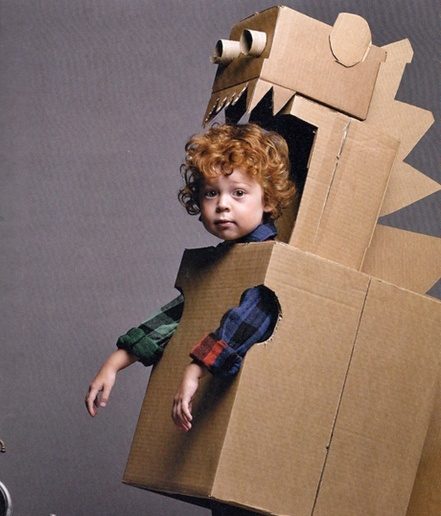We take so much of today’s education system for granted, as though the way we teach young people has always been the way it is. Truth be told, however, it took years, even generations to develop our present level of understanding when it comes to the process of learning. One remarkable thing about the development of education, though, is how much of it has been the result of a few individuals with genius and dedication and a sincere desire to improve the lives of young people. This is something we at Tutor Doctor can appreciate, since we’re on the front lines, working with students every single day. Here are five educators, mostly unknown to those outside the field of education, who really made a difference.
1. Horace Mann (1796-1859)
Mann was an extraordinary person who lived and worked in the early years of the American republic. He was a politician from Massachusetts, serving in the state legislature and, later, in the House of Representatives in Washington. The true passion of Horace Mann, however, was to shape the new nation into a modern, prosperous, leading-edge nation, and the main path toward this goal, in his view, was education. He led the charge for an education system that was accessible to all, and for free. But he didn’t just want schools to squeeze knowledge into the mind of children — he wanted to instil character, to make sure that future citizens would be dedicated, hardworking and have loads of character. Mann not only played a central role in the creation of public education, he was massively influential in creating American values.
2. Margaret Bancroft (1854-1912)
Margaret Bancroft is truly one of those people to whom “world changer” fully applies. Before she came along, any child who had special needs was pretty much considered a lost cause. But Margaret Bancroft saw potential in those kids. She started her own school, with the unbelievable name “Haddonfield School for the Mentally Deficient and Peculiarly Backward,” and got to work with a broad regimen of healthy eating, exercise, arts, music and constant experimentation with lessons geared toward every kind of special needs student. Because she never gave up on her students, she learned techniques that allowed them to get an education instead of being labelled and discarded. She changed society’s thinking, and so now, to this day, kids with exceptionalities are valued.
3. Maria Montessori (1870-1952)
If the name Montessori rings a bell, it should. Maria Montessori lived in Italy, and in fact was the first woman in Italy to become a medical doctor. After her education, she got a job in a mental hospital. There were children there who were considered mentally ill or deficient, but Montessori found that with attention and skill, these students could be inspired to find a passion for learning no one had thought possible. Afterwards, working with often-neglected children of poor families, she experimented with the kind of early childhood educational techniques we now take for granted: child-sized furniture, educational activities, and letting kids decide what they want to do and how to do it. She found that kids work best when given a bit of freedom rather than under the old approach, which involved strict, often severe discipline. She essentially created early childhood education.
4. John Holt (1923-1985)
If you’ve got a kid in public or private school, you’ve probably never heard of John Holt. But if you homeschool, chances are you’ve read at least some of his work — and if you haven’t you should! You see, Holt’s writing provided much of the scientific basis for homeschooling. Like so many teachers, he went from college to teaching, but very quickly became intensely frustrated with the public school system. He found it conformist, rigid and inflexible. He later conducted research that indicated most kids perform better in atmospheres with flexibility, using learning approaches tailored to their own specific needs. He played a key role in raising the legitimacy of homeschooling, and his book, Teach Your Own, is still the bible of the home-teaching world. Today homeschooling continues to grow by leaps and bounds, something that’s hard to imagine without Holt’s research and writings.
5. Howard Gardner, (1943-
Some of the approaches and techniques used throughout the history of education were based on observation, but a lot of it has been based on practical needs, availability of resources and just plain assumptions about what works best — indeed the basic structure of classroom learning, with a teacher standing in front of rows of students behind desks, hasn’t changed much in the past 150 years or so. Howard Gardner, however, came along and started asking some tough questions about how the human brain actually learns. His research resulted in the Theory of Multiple Intelligences, which posits the idea that different people have different brains that best learn in different ways. His work has been widely supported by research. His original list of intelligences (also known as learning style) has grown to nine distinct styles, and the list continues to grow. Gardner’s work has thrown into question the idea of a single one-size-fits-all approach to education, but educators still struggle to transform Gardner’s theories into practical change. Which style are you? Take a test and find out!


